Automatic Money Saving Apps to Save with Less Stress
The problem with saving money is that spending it is so tempting. There is always an urgent need or want for which you could use that money. It’s so hard to leave it alone in your checking account. So, what can you do? Fortunately, we have access to a number of automatic money saving apps. They’re all designed to help you put money aside during the month so you can meet savings goals stress-free. We’ve identified the top 5 money saving apps that you should download and include in your financial strategy.
Table of Contents
Acorn Investing APP

Screenshot from https://www.acorns.com/
Best App for Investing
Cost: $1 per month (Acorns Core); $2 per month (Acorns Later); $3 per month (Acorns Spend).
Looking for an app that makes investing easy? Consider linking your checking account to the Acorn app. It works by rounding up your purchases to the nearest dollar. The change is deposited to an Acorns account where it is invested. Your investment portfolio is determined by your income and goals.
This automatic saving app is divided into three tiers: Acorns Core, Acorns Later, and Acorns Spend.
- Acorns Core works by linking each of your spending accounts (like credit cards, checking accounts, savings accounts, and PayPal). Each transaction’s amount is rounded up to the nearest dollar and deposited to the Acorn account. When the account reaches $5, it is placed in an investment portfolio.
Acorn allows you to access “Found Money”. It’s a program where over 200 partner brands “invest” money into your Acorn account when you shop with them. You can have up to 10% of your purchase deposited into your account by your favorite retailer.
The app allows you the option to withdraw the money accumulated in the investment account whenever you want. The funds will arrive between 5 and 7 days, and there is no withdrawal maximum. - Acorns Later provides you with all the benefits of Acorn Core, and a hassle-free path to retirement savings. For your investments, the app recommends a portfolio and an IRA. It makes it even easier to invest by setting up automatic recurring contributions. (This feature is not available at the Core level.) It also helps you with setting up rollovers and can automatically rebalance the account the closer you get to retirement.
- Acorns Spend takes Acorn Later further, by adding a checking account and debit card. All purchases made on these accounts are always rounded up to the nearest dollar, and the change is invested. There is no overdraft fee and no minimum balance fees with the account. The card offers unlimited free or reimbursed fee access to ATMs across the country.
Advantages:
- Acorn is a painless way to save and invest money.
- It makes investing less intimidating and confusing.
- Acord has the lowest cost threshold for investing.
- The app has excellent customer service.
Disadvantages:
- The user must keep track of their own finances. This is necessary to avoid overdrafts, transaction limitations for savings accounts, or other credit or debit card problems.
Availability: iPhone, Android.
Digit (Save money and pay off debt)
Best App for New Savers: Digit
Save money and pay off debt, all without thinking about it. Try Digit free for 30 days.
Cost: $5 per month (free 1-month trial).
Digit makes saving money almost effortless. It syncs your bank accounts and analyzes your cash flow. Every 2-3 days, it will tell you how much money you may transfer to a Digit account that is FDIC-insured. (The amount will be between $5 and $50.)
If any transfers leave you overdrawn, Digit will reimburse overdraft fees for up to two transactions. Should you need to move money from your Digit account, you may receive it in 1 business day.
Technically, Digit is not a money saving app; in fact, it is not a true app at all. However, because you may use your cell phone to access Digit online and receive daily text messages, we consider it an app for purposes needed. You must sign up online to use Digit. Digit will send you daily messages to update you on your current bank balance. You may opt-in for more detailed check-ins by text. These will show recent debits to your account, and a daily snapshot of your finances.
Advantages:
- Saving is automatic and painless.
- Accessing money is easy.
- You will earn a 1% annual bonus on your savings, paid every 3 months.
Disadvantages:
- There is a $5 monthly fee.
- Digit may cause overdrafts in your external checking accounts. You may set up limits to how much should be saved.
Availability: iPhone, Android.
Qapital – Banking designed with your goals in mind.
Best App for Setting Goals: Qapital
Cost: $3 per month (Qapital Basic); $6 per month (Qapital Complete); $12 per month (Qapital Master).
If you have a goal that you’re saving towards, take a look at Qapital. It provides motivation by having you work towards a goal. You link a checking account to your Qapital account (an FDIC-insured account from Wells Fargo) and choose your goal. Then you select from one of the eight savings rules from Qapital to follow:
- Set & Forget. You automate the app to move a pre-determined amount on a regular basis (daily, weekly, or monthly).
- Roundup. This is similar to round-up options in other apps, except you can round up in increments from $1 to $5.
- Spend Less. Set a target budget amount. If you spend less than that amount, the difference will be transferred to savings. If you budget $20 per week at Starbucks, but only spend $10, the other $10 will be transferred.
- Guilty Pleasure. Use your bad habits for good. Every time you indulge in a certain type of purchase, a deposit is made into your savings account automatically. For example, each time you purchase fast food instead of eating at home, you make a deposit.
- Apple Health. It pays to work out – literally. Set fitness goals with your iPhone. Each time you meet one, Qapital will transfer money into your savings.
- IFTTT (If This Then That). You can use IFTTT to set up events that will trigger savings. For example, you can create a gas fueling event that will save $10 each time you fill your gas tank.
- Freelancer. Every time you get paid, money will be put aside for taxes.
- 52 Week Rule. Start by saving $1 the first week; then $2 the second week; and $52 on the 52nd week.
Qapital has built-in protection from overdrafts. Any transfers that will result in you having less than $100 in the funding account will be halted. The same applies to rules that may be triggered. When your account has enough buffer to accommodate Qapital transactions without falling under $100, they will be restarted.
The app has three membership tiers and corresponding prices.
- Basic plan provides access to the goal-setting program and automated rules that can be modified. You can set an unlimited set of goals with the Basic plan.
- Complete plan gives you access to all of Qapital’s tools for saving, budgeting, spending and investing. You also get access to the Qapital spending account and Visa debit card. With these tools, you can send e-checks and earn 0.1% interest.
- Master plan offers everything from the previous plans, and access to webinars and other in-app challenges to save money.
Advantages:
- Qapital uses your behavior to motivate you to increase your savings.
- Purchases and transfers on the debit card are free of charge.
- You can create joint goals with other people.
Disadvantages:
- To fund the Qapital account, you need a checking account. A savings account cannot be used because savings accounts are limited to six transactions per month. Qapital uses at least eight transactions over the same time period.
- Qapital doesn’t have physical banks or live customer service representatives you can speak to in person.
- There may be fees associated with using ATMs. (These fees are charged by the ATM owner or bank, not by Qapital.)
- Qapital has a daily $1000 limit for ATM withdrawals.
- You only earn 0.1% interest on your savings account, which is a small amount.
Availability: iPhone, Android.
Chime Watch your savings grow, automatically.
Best for Users Who Prefer to Automate Their Banking:
Availability: iPhone, Android.
Cost: Free (ATM fees and over-the-counter cash withdrawal fees from third parties may apply).
Chime is a complete online bank that provides an automated saving app. There are two ways to save with Chime:
- Save When You Spend. This is their version of rounding up to the nearest dollar. Each Chime account has a Chime Visa debit card. When you make a purchase with this card, it gets rounded up. The change is deposited from your checking account into the Chime Savings Account. For further motivation, Chime pays out a 10% bonus each Friday on the rounded-up savings, up to $500 per year.
- Save When You Get Paid. You may automate your savings to occur every time you get a paycheck. With this, you may deposit 10% of your salary into your Chime Savings account.
Advantages:
- There are no fees or minimum deposits.
- You may receive rewards from using the Chime Visa card in the form of cash back or points.
Disadvantages:
- The Chime Savings account interest is very low (currently set to 0.01% APY). Most online savings accounts are 100 times larger than that.
Keep the Change® Savings Program from Bank of America
Best for Customers of Bank of America: Keep the Change
Availability: iPhone, Android.
Cost: Free.
If you have a Bank of America account this money saving app may work for you. Before you activate the app, you must have a checking account, a savings account and a debit card from Bank of America. Upon signing up, the bank will automatically begin rounding up purchases made on your debit card to the nearest dollar. The rounded-up money is deposited into the savings account.
For example, let’s say you purchase $27.17 worth of groceries on your Bank of America card. Keep the Change will round up the purchases to $28.00, depositing $0.83 into savings. While this may seem small, it can add up if your Bank of America debit card is your primary card. Frequently using the card will cause the round-ups to add up. Since each deposit is under $1, you don’t feel the pain of the withdrawal. The app has built-in overdraft protection. If the transaction will cause an overdraft, the bank will cancel the transfer rather than have your account go negative.
Keep the Change does not penalize you for returning items or canceling a purchase. The money deposited in your savings account is not reversed. Even better, you can access the savings account at any time.
Bank of America does not have a separate app for Keep the Change. The program can be monitored using the bank’s full app.
Advantages:
- Keep the Change is easy to use. Simply purchase items with your debit card and the rest is done for you.
- The Keep the Change transactions that would overdraw your checking account are canceled.
Disadvantages:
- The program is only accessible to Bank of America customers.
- The interest rate is very low for the savings account. You may need to move money to higher interest accounts every so often.
Conclusion
If you are having trouble starting or maintaining a savings balance, money saving apps can help. It may be just the foundation you need to get started and keep going. Setting regular deposits, and watching your balance grow and compound can be another step in the path to financial independence. It may also help you manage your cash flow for income and expenses. When saving becomes automated, it will be easier to maintain a regular savings account.



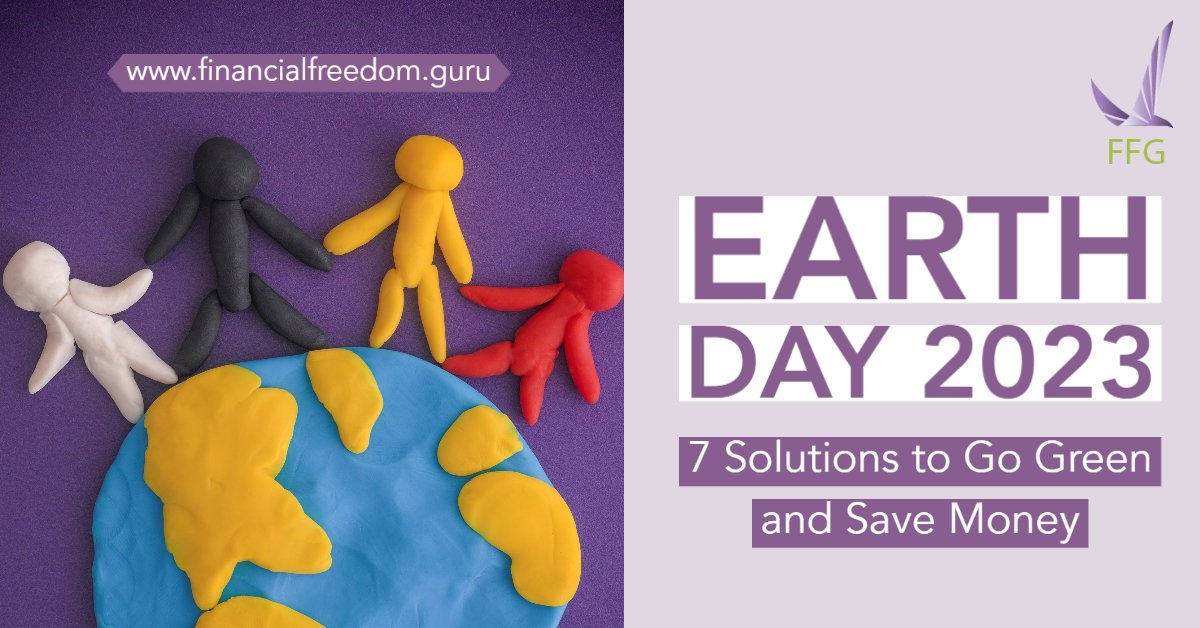
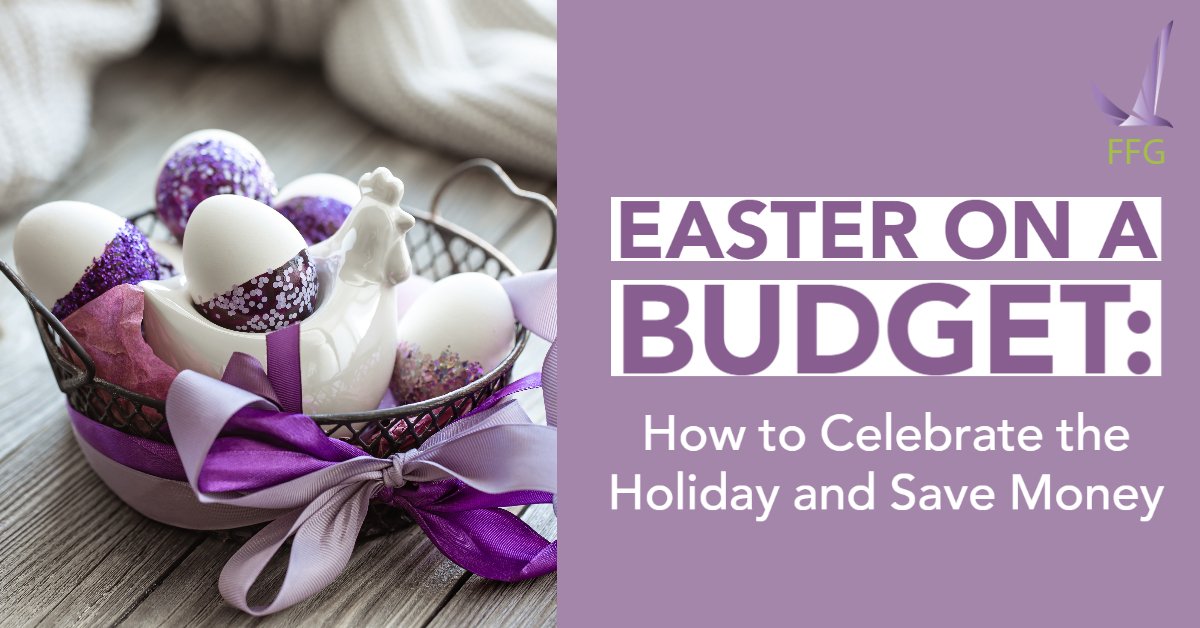
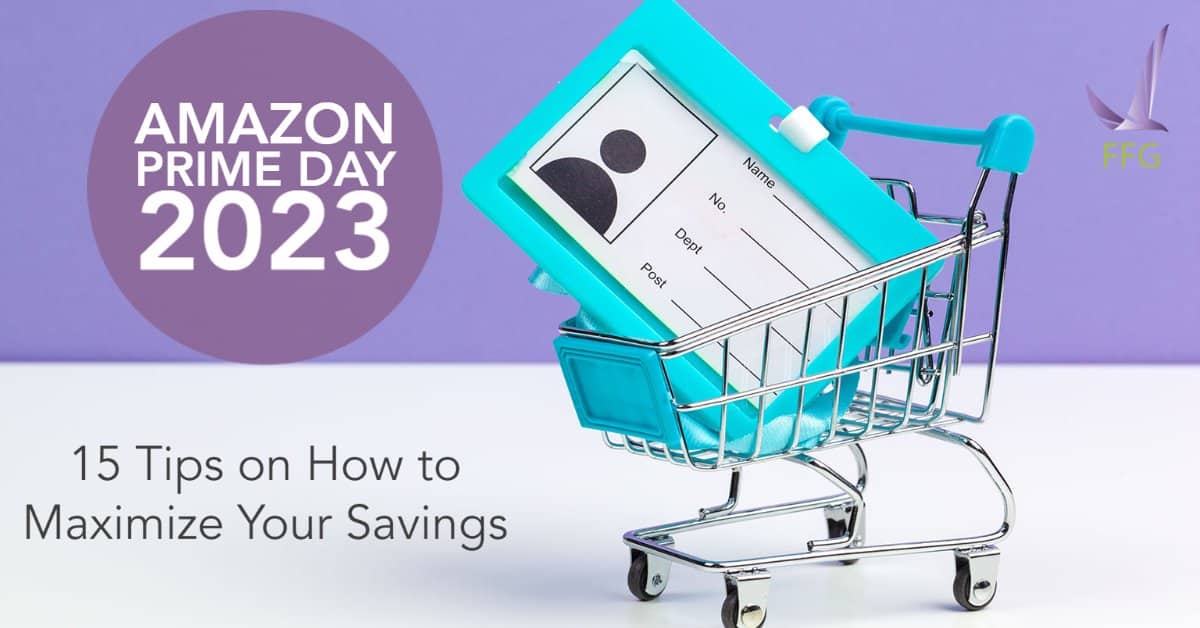
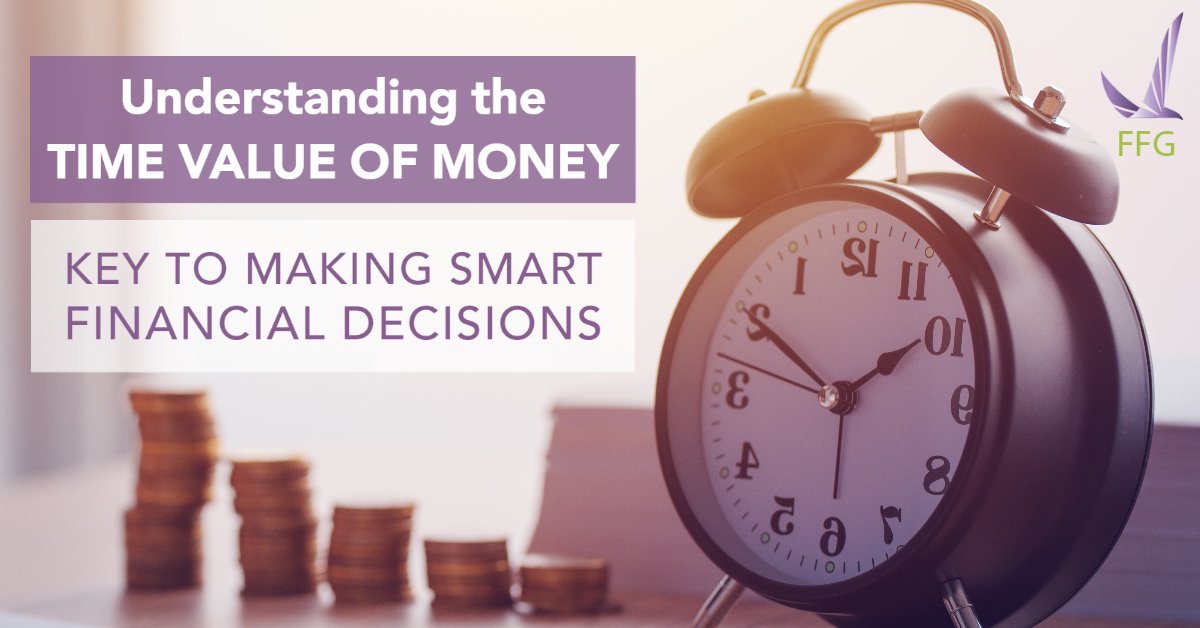
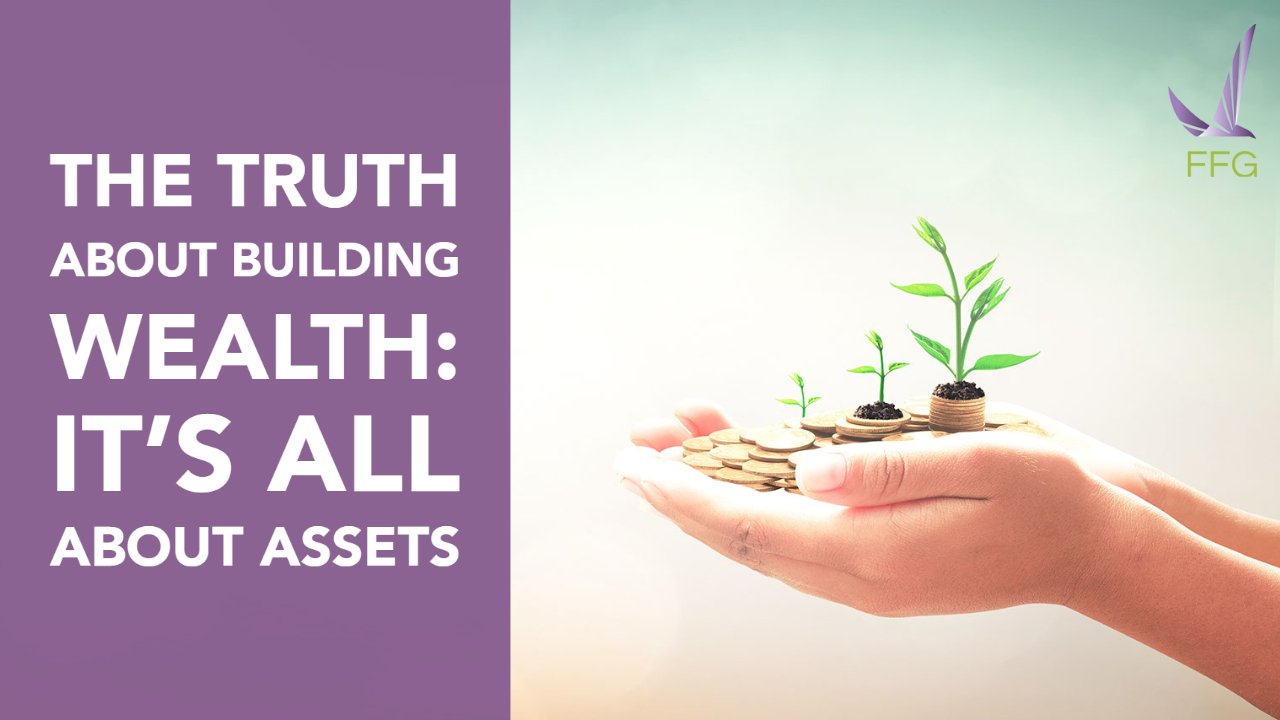
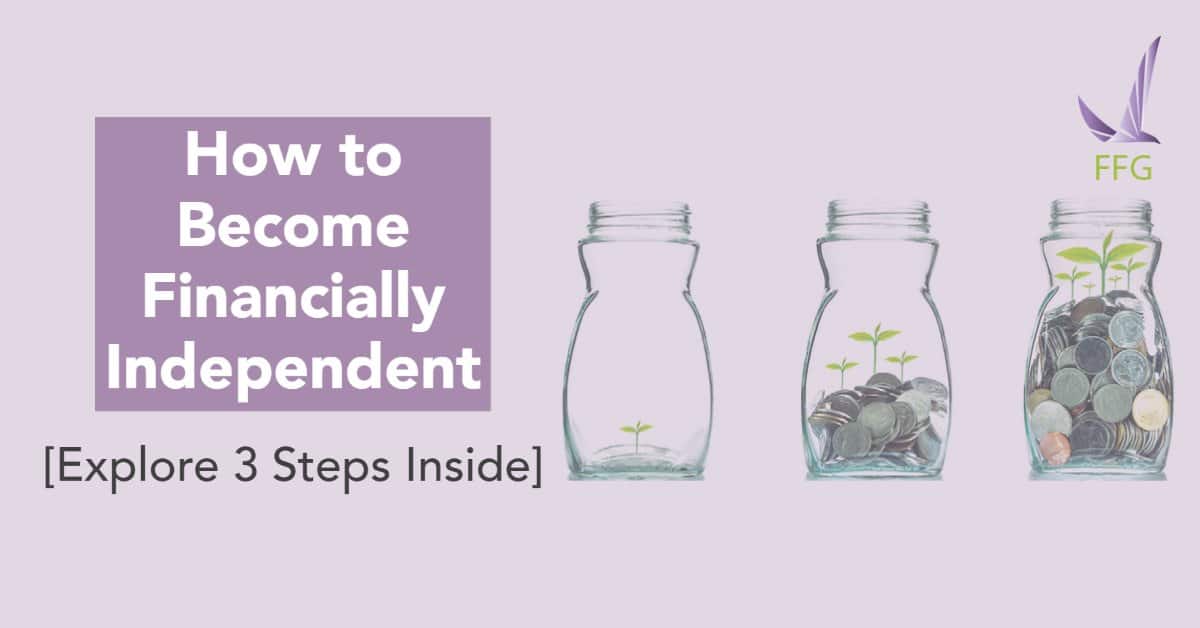


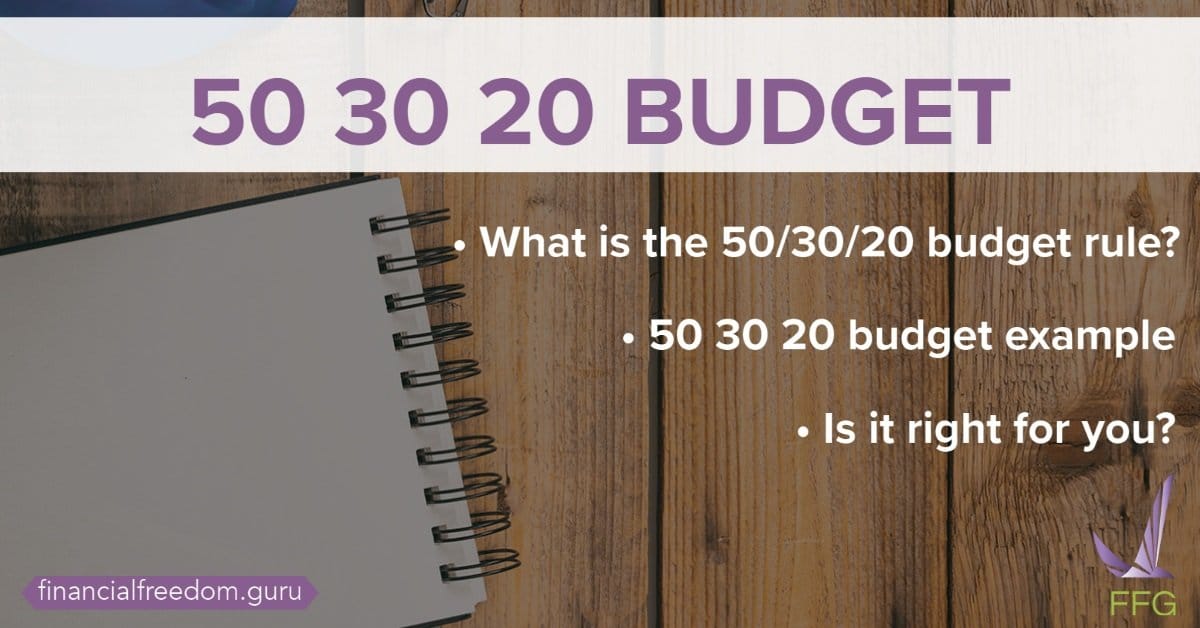
Those apps are just a fancy version of an excel sheet with a few formulas, or plain pen and paper. Main thing is that you need to diligently make entries after every transaction. That’s where people like me get fed up. If you can make it a habit to record every transaction down to the penny, only then those apps or sheets work.
Sarah, that is very true. Consistently keeping up can be an issue. We do recommend apps that would sync with your bank account and download the transactions. The more you classify the transaction the more transactions would be automatically sorted. All you need to do is to make sure your balance in the apps is the same like in the bank account
I am a big fan of the free version of Every Dollar. Also big on paying yourself first. Set money aside out of each check even if it’s only $5, it all adds up.
If you have any negative items on your credit report you can use an app like credit karma and refute them.
Agreed, paying yourself first is great principle as otherwise you will just spend the money no matter how much you earn and then there will be nothing left to invest.
I think it is good to use them only if you’re sure that fees or a lack of guidance won’t trip you up.
Well talking about fees you will pay way more with your bank or mutual fund, with very little guidance in return. The benefits of these apps is ease of use and automation of savings. If you are disciplined you can just buy ETF indexes yourself
I feel pretty comfortable running my finances through these apps. There are many great benefits. After all, we live in the 21st century)
For sure the we have access to more financial technology and financial information than anyone before, including kings.
After years of doing my budget in Excel, I tried several apps / websites (Mint, YNAB, Every Dollar, Personal Capital, and I think something else, can’t remember), and honestly none of them beat Excel for me. Nothing else is going to be as customizable to your specific needs.
I tried making an excel sheet from scratch, but then I just got overwhelmed . I think this could work as long as I find a template since you can always edit those! So these apps are a good way out for people like me
Yes sometimes the apps are harder to use than simple excel or even the notebook. The idea behind the apps is to help people that wouldn’t do it otherwise and add some behavioural nudges to help you save
Every Dollar budgeting app is my fav. I had a paid subscription, and I’m transitioning to the free version. The main difference between the two is that the free one doesn’t import your bank transactions, but I don’t mind keeping track of them on my own.
Thank you for sharing the feedback, the best financial app is the one you stick with with consistently
I love YNAB. Its always very helpful! I love pen and paper most though, it keeps me more accountable!
That’s the key to stay accountable and get a good picture of your financial health. Keep at it!
I find cash envelope method one of the most effective for me. You actually see the cash and it also helps if you need to adjust your amounts. I find it is way to easy to overspend with debit card purchases and tracking on an app doesn’t work for me.
Good for you to have a system that works for you! I hope this doesn’t change because of the pandemic and money exchange
I loved using cash envelope system until covid. Some places stopped taking cash
I say the envelopes were too much because I’d have to drive 20 minutes to the bank every week. My time and sanity is too valuable to sit in northern va traffic just to pull cash
I find I use cash too easily. It effects me mentally more if I see the money come out of my account. Cash doesn’t even feel like part of my budget.So money saving app is the best decision for me
Same here, while I know pretty well how much money in my account, I don’t how much money in my wallet and just keep using it, till it runs out
So many people so many minds as they say. For me everything is vice versa – keeping cash 💵 helps me to be more conscious of how much I’m spending because I can see it getting less and less as I spend it. If I use the debit card 💳 I just swipe it and the money spent is abstract and not tangible like if I’m handing over cash.
I love the idea of carrying cash but it feels as if we are slowly moving to a cashless society. I stopped taking cash out because most places want you to have exact change now.
Decided to share my experience. Maybe it will be useful for someone. I tried cash envelope method, but I hate carrying cash…that and a lot of places right now aren’t accepting cash so it ended up just being really frustrating for me. I tried a similar way using a binder and paper and tracking each expense, but I found that I just didn’t write the expenses down frequently enough. I use an app usually and I input my expenses instantly, but my app doesn’t allow me to budget by paycheck, which is why I decided to try something else.
Yeah, I think the cash envelope method in 2021 is a bit challenging. Got to keep working at it, till you find the system that works for you
I now use a ONE finance account which has “buckets” (basically cash envelopes in the app) and just switch the buckets in the app for my purchase. At first my hubby was like that’s dumb it’s an added step but really its easy. If I know I’m going to target for household stuff I just switch it to household before leaving or in the car before I go in. I like it a lot. Its basically cash envelopes.
That’s awesome, the transition of the cash envelopes system into the 21st century. I understand it adds an extra step, but c’mon it only takes a few seconds. Good for you!
I have just set up different accounts (each bucket) with my bank – pretty easy, did it online. They are all connected to my everyday account. And then I have 1 account with a seperate bank where I save – I don’t think about that account because I don’t see it. Check the Barefoot Investor.
I Will check it out, I like this system of financial management. More and more banks are offering it now too.
I now use YNAB and it’s like cash envelope system only on computer/app and it’s worked beautifully for me. U can see exactly what’s in each bucket at any given time. And assign dollars when u get paid.
That’s good that it works for you! Keep at it!
I have had success using a free app called goodbudget
Nice, will need to check out this app!
I’m trying Simple right now and love it. Like Roxy above..it’s an app tied to a bank. Once you set up your expenses and goals it all flows in and out like envelopes but is easier to manage than cash. IMO
Of course, especially now when you do most of the purchases online and it’s hard to pay with cash for utilities. Thank you for sharing!